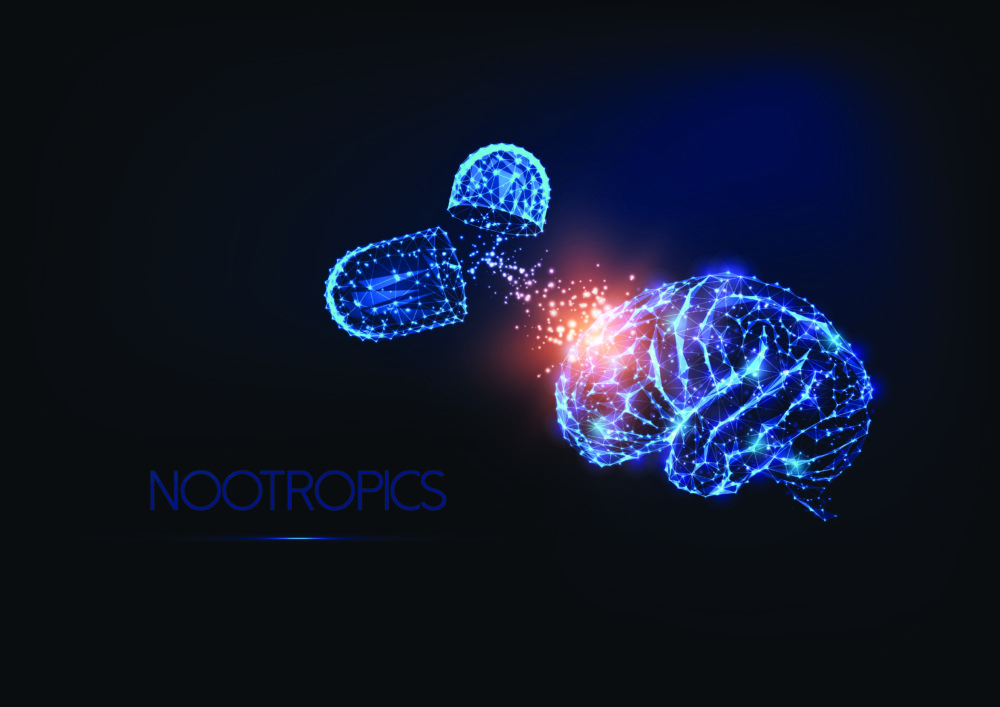
In 1972, psychologist Corneliu E. Giurgea said, “Man will not wait passively for millions of years before evolution offers him a better brain.”
Last month I wrote about the prospect of people being equipped with radio-frequency identification—also known as RFID—chips to make it easier for them to interact with devices such as computers, building security and vending machine Mostly I wanted to emphasize that people and businesses will embrace technology if it promises to make them more money or add convenience to their lives, even if the technology may make it easier to track them. For the most part, we already us our phones in these ways, but our phones aren’t implanted in our bodies (yet).
The truth is, technology can provide a huge advantage. The accounting firms that embraced the efficiency and accuracy of computers outperformed those which stayed with manual methods. Computers could process more accounting information in a given unit of time, with fewer mistakes. It was never really a contest. Time and again, enterprises which adopted new technologies won out over those which did not.
Through our phones, we have access to much of the world’s information almost instantly. It’s almost as good as having the Internet wired into our brains. But we still process that information using the same old brain we’ve had for at least the past 10,000 years. When will technology make us smarter? In fact, can it?
I’ve written before about nootropics, the so-called “smart drugs,” which are thought to enhance cognitive functions such as memory, creativity, focus, and concentration. It’s thought that these drugs affect the chemistry of neural pathways, as well as delivering greater amounts of oxygen and glucose to your neurons. The movie, Limitless, starring Bradley Cooper and Robert De Niro, took this idea and ran with it, imagining what a perfected version of these drugs might be like. The problem is, we don’t understand the brain very well, not chemically or electrically.
The electrical connections of the brain have been the focus of companies like Elon Musk’s Neuralink, which has a “brain chip” under development: According to the BBC, “The device Neuralink is developing consists of a tiny probe containing more than 3,000 electrodes attached to flexible threads thinner than a human hair, which can monitor the activity of 1,000 brain neurons.” Of course, the challenge is to decode that neural activity.
Progress has been made in the area of training software to recognize the patterns the brain produces when engaging in certain activities. As far back as 1999, researchers at UC Berkeley recorded 177 neurons in a part of the brain that processes visual signals from the eye (the lateral geniculate nucleus) to produce a low-resolution video of what the cat was actually seeing. And neurosurgeons have noted the reverse effect: during brain surgery, stimulation of a human brain can cause visual hallucinations to occur.
One of the big problems with brains and making them “smarter” (whatever that means, exactly), is that unlike these prototype devices that sense perhaps 1,000 neurons at a time, the brain has 100 billion neurons (100 million times more). Wiring it all up seems an impossibility. To move forward, a different approach will be required.
It’s hard to predict what will happen in the next 25 years, but with a little luck, I might get to find out. Just 25 years ago (1995!), the World Wide Web was brand-new, and the smartphone was still the stuff of science fiction. It’s entirely possible that some breakthrough in chemistry, electronics, or software will make it possible to speed up the chemical or electrical pathways of the brain, or enable us to receive and visualize information directly from the network.
The boldest predictions come from Ray Kurzweil, noted inventor and Google futurist. He believes that we have the ability to build a synthetic neocortex (the area of the brain involved in language and cognition) in the cloud, connected to your brain. So, rather than speeding up the connections in your brain, he foresees expanding the number and speed of connections in your brain with electronic analogs driven by software. He likens the brain to a smartphone. The phone itself isn’t so smart, but it’s connected to the cloud and that makes all the difference. When might we see ourselves augmented by a second brain in the cloud? Well, if you believe Mr. Kurzweil, 2045.
I suspect that any technology will have to address the issue of the hardware that connects to your brain. Most people upgrade their phones every few years, but no one wants to have a mass of wires pulled out of their brains with any frequency. Perhaps we’ll come up with a non-invasive mechanism for manipulating neural impulses, although the human skull does not make this easy, since it distorts and degrades signal transmission.
Clearly, many problems remain to be solved before technology will truly make us smarter. Right now, it seems to make some of us dumber than rocks.
Author
-

Michael E. Duffy is a 70-year-old senior software engineer for Electronic Arts. He lives in Sonoma County and has been writing about technology and business for NorthBay biz since 2001.
View all posts



